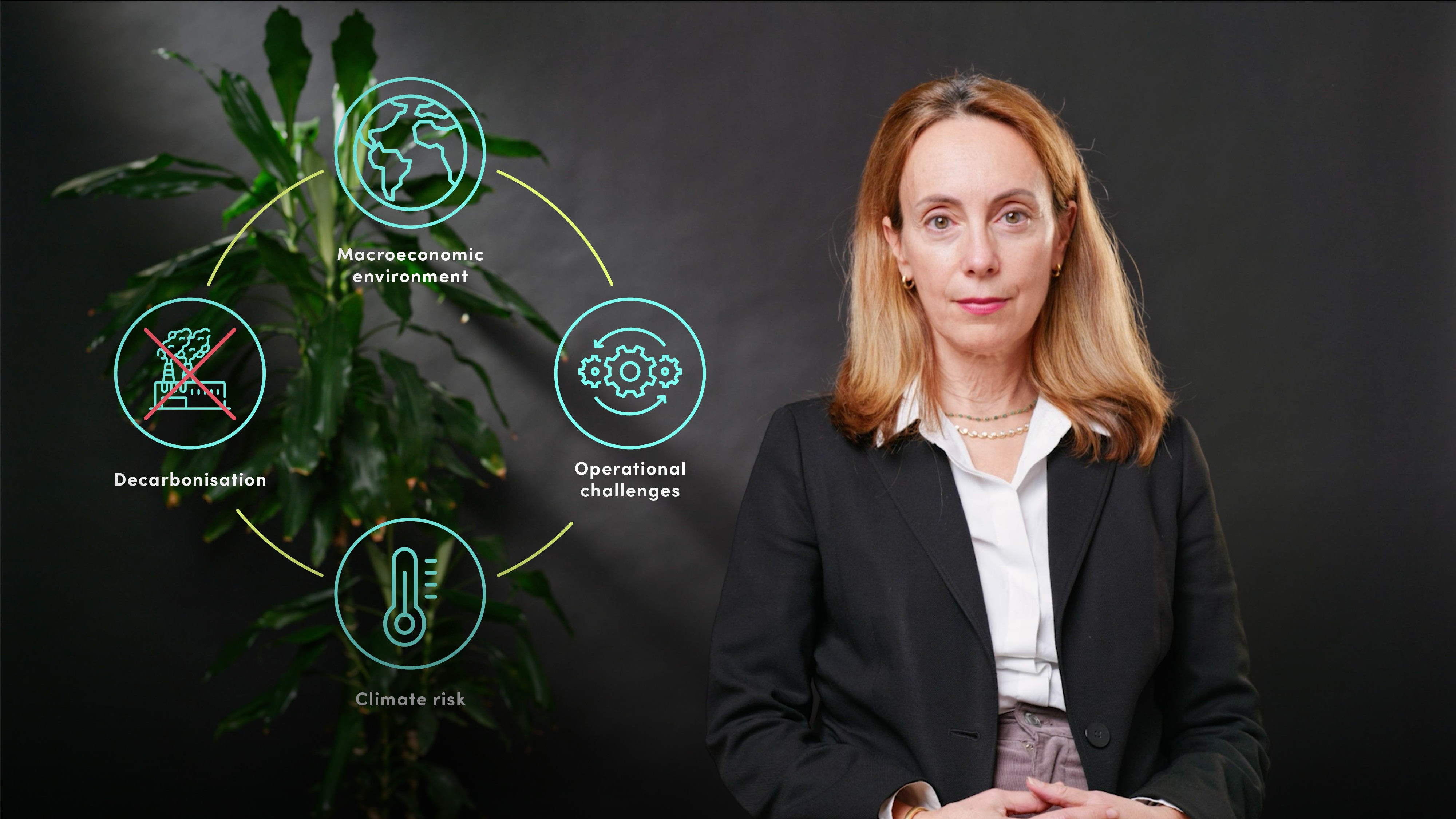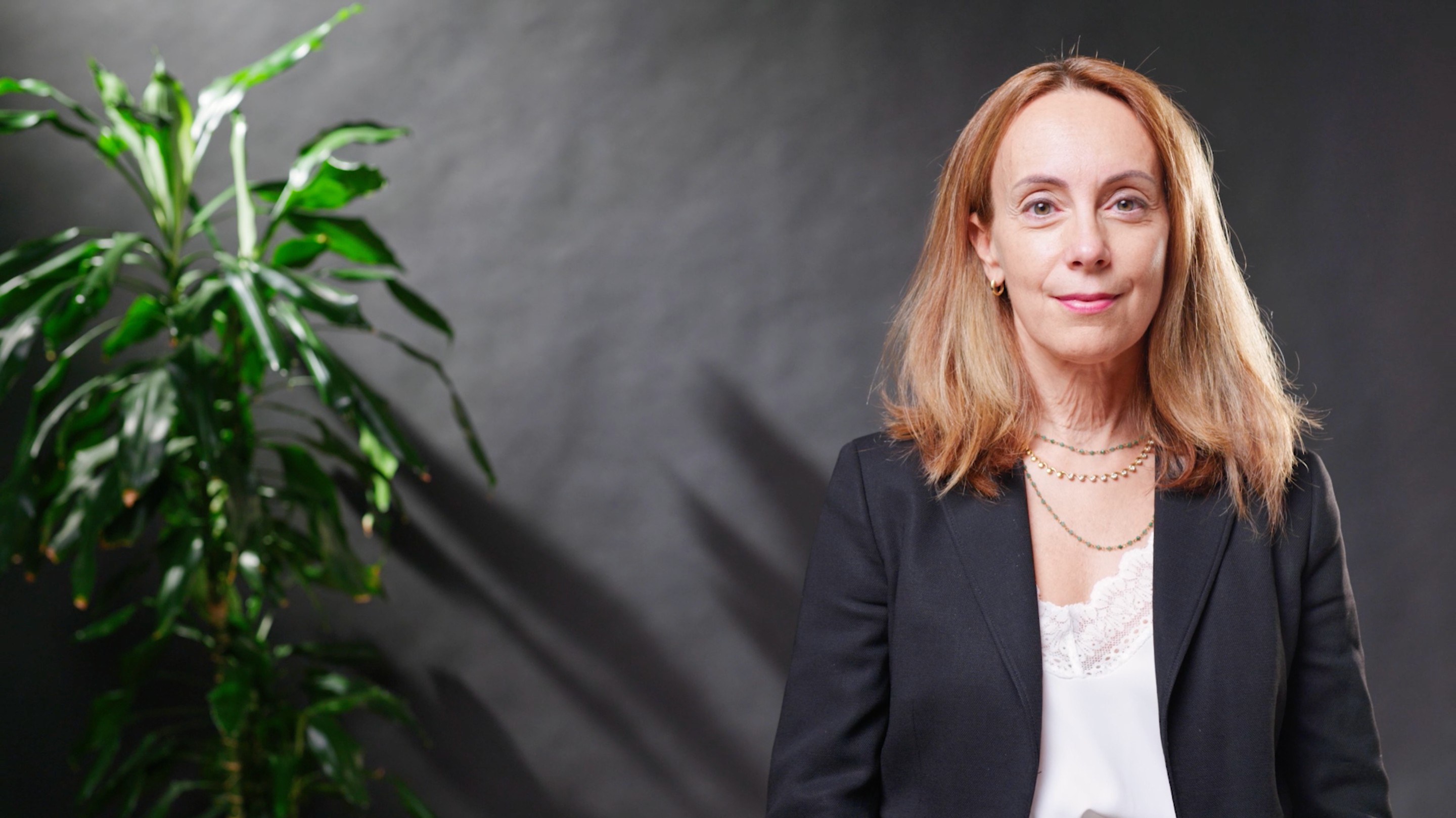
Board Risk Committees II

Natalia Nicolaidis
30 years: General Counsel
In this video, Natalia explores risk committee best practices, differing board perspectives, and what happens when it goes wrong, using a case study on Siemens.
In this video, Natalia explores risk committee best practices, differing board perspectives, and what happens when it goes wrong, using a case study on Siemens.

Board Risk Committees II
7 mins 55 secs
Key learning objectives:
Outline the best practices for the Risk Committee
Understand differing board perspectives on risk management
Overview:
To maximise value and demonstrate risk governance, companies must integrate key risks and opportunities into their corporate strategy. The Board oversees principal risks, while senior managers from various departments identify, quantify, and assess them. Risks are evaluated using factors such as probability, impact, and preparedness. Boards must address emerging risks, climate change impacts, and geopolitical uncertainty. Risk Committees conduct deep dives into areas like macroeconomics, operational challenges, climate risk, and decarbonization to ensure effective risk oversight.
What are best practices for Risk Committees?
To maximise value in the current business environment and demonstrate a commitment to risk governance, companies should incorporate key risks and opportunities into their corporate strategy. Senior managers from various departments, including strategic planning, finance, ESG and internal audit, risk and compliance departments, identify and assess risks based on probability, impact, and preparedness, with residual risks presented to the Board for evaluation.
Why are there differing approaches to risk management?
Companies approach risk management differently, with some factors driving a more thorough review. These factors include new operations/geographies, emerging risks in disrupted business models, and increased analysis on climate change impact, energy volatility, and geopolitical uncertainty. Effective boards must review and update assessments accordingly.
Risk Committees oversee deep dives into material risk drivers, including the macroeconomic environment, operational challenges, climate risk, and decarbonisation. Mitigants are tested against assumptions via scenario planning. Risk oversight compares company strategy against market conditions and focuses on geographic exposure to natural disasters, evaluating available mitigants.

Natalia Nicolaidis
There are no available Videos from "Natalia Nicolaidis"

